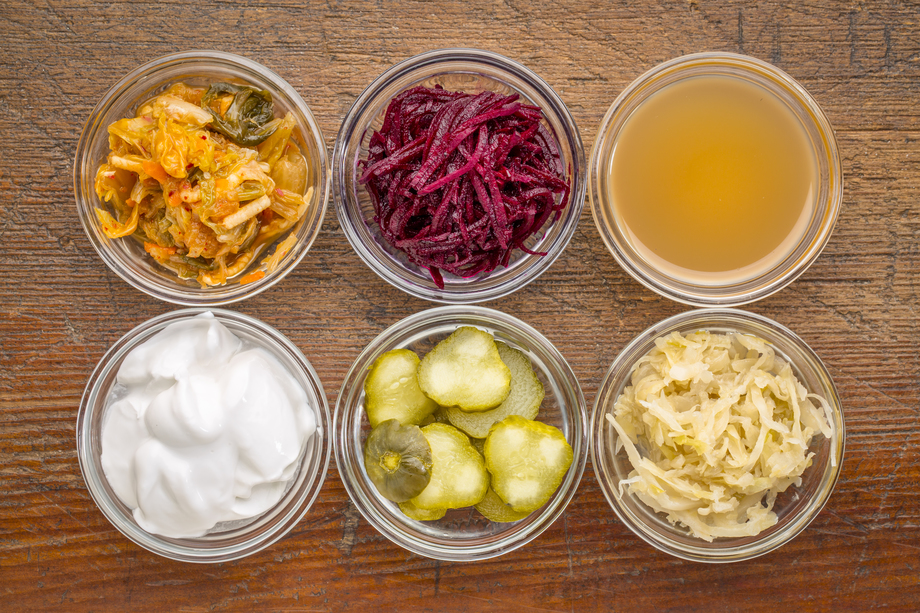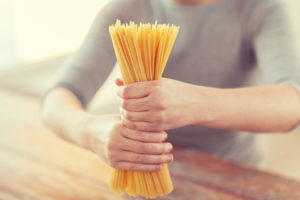Elimination diets aren’t diets that you use for weight loss, and aren’t meant to be followed long-term. Instead, they remove certain types of foods from your diet that might be triggering physical symptoms, such as from IBS or gluten intolerance, in order for you to then add them back one at a time to figure out what foods are causing the issues.
Here are some do’s and don’ts of elimination diets so you can be sure you benefit from them and find your problem foods the right way.
Free Report: 9 Healthy Things You Can Do To Help You Live LongerThe Do’s and Dont’s of Elimination Diets
Don’t Try to Do More Than One at a Time
Elimination diets aren’t meant to be combined with other diets or elimination diets. If you aren’t sure whether you should do Whole30 or the Low FODMAP diet, don’t try to do them both! Start with the one that seems most relevant to what you are experiencing, go through the entire process, and wait a while before you attempt anything else.
Do Consider Your Actual Reasons
Make sure you are trying the elimination diet for the right reason, such as a medical reason. Elimination diets aren’t meant to be a way to lose weight, but instead to figure out what foods are causing you issues. You really should only do this type of diet if your doctor recommended it, or if you have ongoing issues with your gut or other medical issues, and you can’t figure out the source.
Don’t Be More Restrictive Than Necessary
You also don’t want to be more restrictive than what the elimination diet recommends. This means putting aside calorie and macro counting for now, so you’re just focused on what foods you can and can’t eat. If you have been on the path to lose weight, it helps to take a break from that temporarily just while you go through the elimination diet phase. It’s really hard to cut foods out, while also trying to eat less and focus on weight loss.
Do Follow the Plan as Intended
Read the rules and guidelines of the elimination diet thoroughly to be sure you get it right the first time. Most elimination diets remove the problem foods for a short period of time, usually 2-4 weeks. Then, there is the reintroduction phase, where you start reintroducing the foods one at a time. Note how you feel and if it gives you any reactions, then you move on to the next food.
Free Report: 9 Things To Help You Live Longer
Establishing new and healthy eating habits requires gradual changes, and that takes time. Don’t let your impatience get to you, and you will be eating healthy and efficient meals every day in a matter of months. Best thing is that you will enjoy every meal you eat. By altering your eating habits you can completely change the way your body feels and how it burns calories.
If you want to know exactly where you should be focusing your efforts to live a healthier lifestyle check out my free report Top 9 Things You Can Do For Your Health To Help You Live Longer. The choices you make about your lifestyle don’t mean that you and your loved ones have to live shorter lives.



